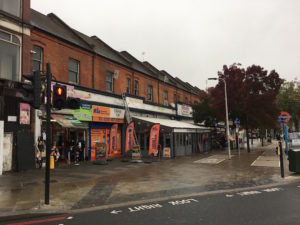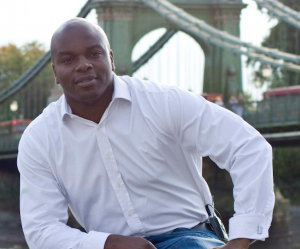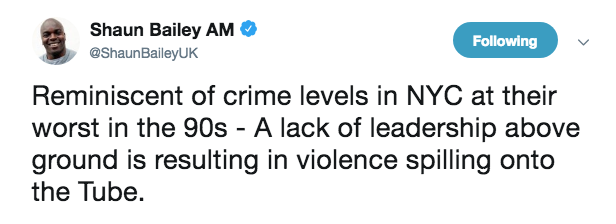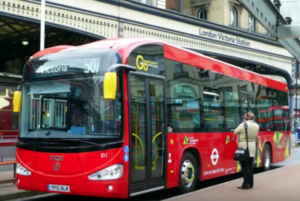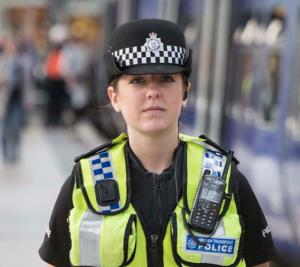Haringey Council has said a major redevelopment scheme in Seven Sisters entailing the demolition of its indoor market known as the Latin Village will go ahead following the government’s recommendation that its compulsory purchase order (CPO) relating to land in the area be confirmed.
Council leader Joseph Ejiofor said in a statement: “The decision means that together with our development partner Grainger we can now move forward with plans to create a revitalised Seven Sisters. We expect this scheme to create hundreds of new jobs, quality retail space and nearly 200 homes alongside a thriving new market”.
A report for the government on the CPO compiled by planning inspector John Felgate set out a “compelling justification” for it to ahead, saying that the redevelopment of the Wards Corner site, which contains the Latin Village, “would have the potential to assist in spreading the benefits of the council’s regeneration initiatives more widely, and would act as a catalyst for renewal elsewhere around Seven Sisters and in adjoining areas”. He added: “Such renewal and regeneration has been shown to be badly needed in the public interest”.
Felgate’s decision will enable the council to take possession of those parts of the Wards Corner site Grainger has been unable to purchase for itself, enabling the redevelopment project to proceed.
There has been a long-running campaign to prevent the Latin Village in its current form from being closed. Grainger’s current planning consent was secured from the council in 2012 and a 2017 “deed of variation” made provision for its temporary relocation close by and a return to its present site later.
Ejiofor’s statement stresses that the council wants to assist a “successful and sustainable” Latin Village market to continue and that “Grainger has committed to free relocation to both the interim and permanent new markets, subsidised rents, business support and help with promoting the market”. The land the market stands on is currently owned by Transport for London, which has an agreement to transfer it to Grainger.
The council’s stance towards the market, which presently contains about 40 units, was attacked in an October 2018 Guardian article by its “senior economics commentator” Aditya Chakrabortty, who contended it “ought to be simple” to save the Latin Village as it is. His article made no mention of the CPO, the planning consent, a legally-binding development agreement between Grainger and the council reached in 2007 or the relocation provisions for assisting the Latin Village traders.
The following month, a group called the N15 Development Trust raised £9,230 from 353 people through a crowdfunding campaign to finance a “Wards Corner Community Plan” which it said would “buy back the building and put it under democratic control of local residents”. The text of its crowdfunding site claimed that Grainger’s project would mean “displacing this thriving local community”. It too made no mention of the planning consent, 2007 agreement, the relocation provisions or the pending CPO decision.
The council’s view, as set out for the inquiry, said there have been “many unregulated alterations to the electrical wiring and lighting systems” of the market, making the building “a danger to its users” and that rent levels there would have to rise in order to pay for significant repairs. It said that current traders are being provided with “an unprecedented level of protection and support”.
Objections to the CPO included invoking the European Convention on Human Rights to claim that the scheme would damage traders’ private and family life, their right to “peaceful enjoyment of possessions” and “freedom from discrimination”, but the inspector found that these did not apply. He concluded that the scheme “would not leave the traders materially worse off than they are now,” meaning that “the question of discrimination, indirect or otherwise, does not arise”.
Professor Alexandra Xanthaki of Brunel Law School, who gave testimony at the public inquiry, expressed regret at the outcome but said she believes, “this is the first time minority rights have been discussed in planning applications” and claimed the United Nations “may reprimand the UK over this”.

